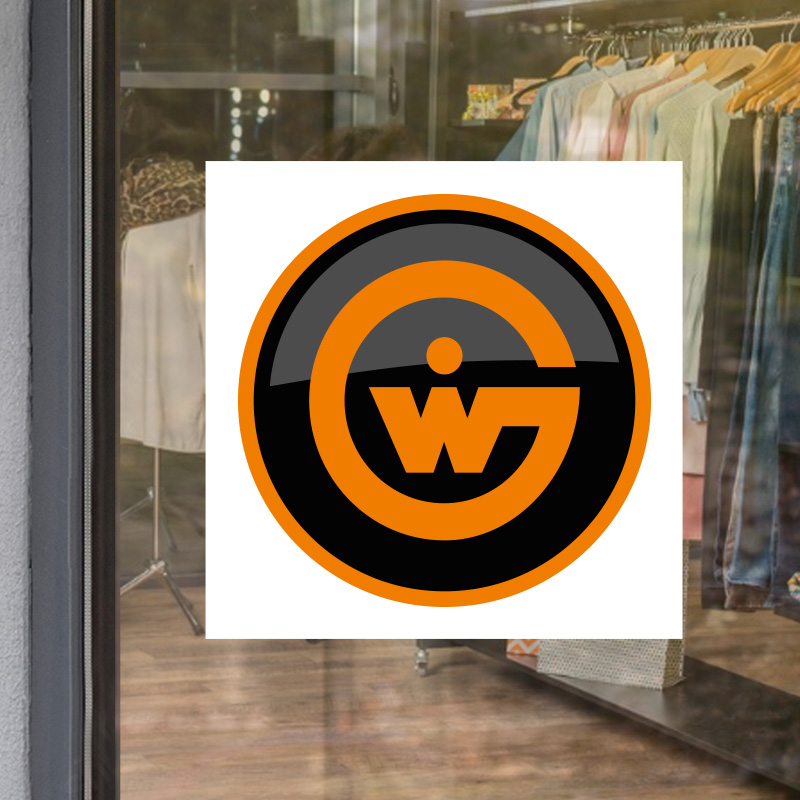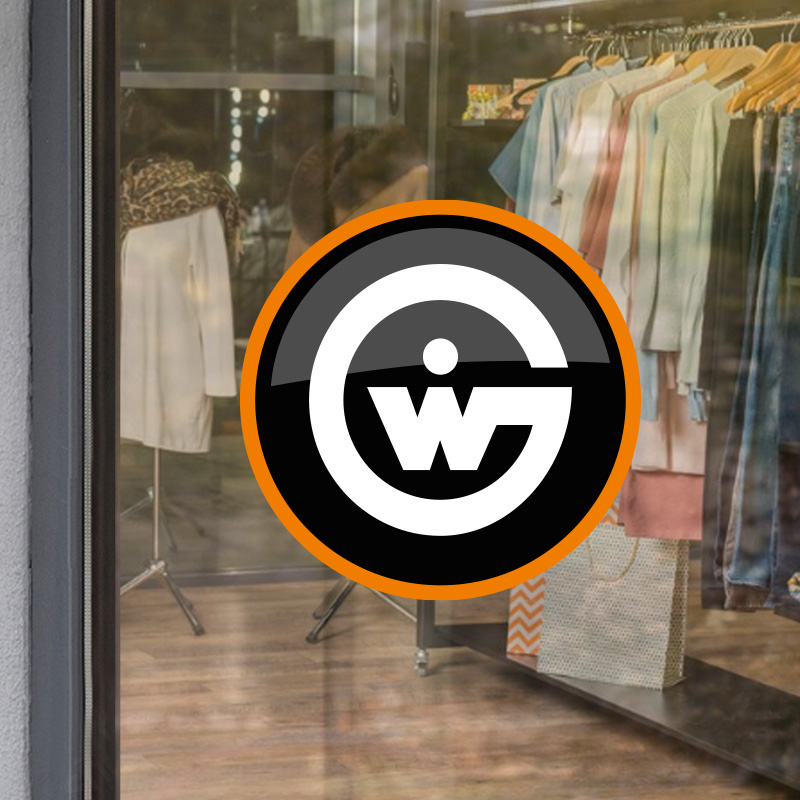A Comprehensive Guide to Glue Technologies and Considerations
In the dynamic world of signage, the adhesive backing of vinyl plays a pivotal role in ensuring longevity, durability, and a seamless application process.
From low-tack to high-tack, short-term to long-term, understanding the nuances of vinyl adhesives is essential for achieving the desired results.
In this guide, we’ll explore the differences in glue types, considerations for selecting the right adhesive, the role of Newtons per square inch, advancements in bubble prevention, the correlation between vinyl types and glues, and the environmental impact of PVC vinyl and adhesives.
1. Types of Vinyl Adhesives: Unveiling the Differences
Low-Tack vs. High-Tack: Low-tack adhesives are designed for temporary applications, allowing for easy removal without residue. On the other hand, high-tack adhesives provide a stronger bond, making them suitable for long-term outdoor applications.
Short-Term, Medium-Term, Long-Term: Consider the intended duration of your signage when selecting a vinyl adhesive. Short-term adhesives are ideal for temporary promotions, while medium-term and long-term adhesives offer extended durability for more permanent displays.
2. Understanding Newtons Per Square Inch:
The measurement of adhesion strength is often expressed in Newtons per square inch (N/in²).
This metric helps assess how well the adhesive can withstand external forces. Higher Newton ratings generally indicate stronger adhesion.
3. Advancements in Glue Technologies: The Battle Against Bubbles
In recent years, adhesive technologies have evolved to combat a common issue during application – bubbles. Innovative adhesives now allow air to flow beneath the vinyl, preventing trapped air pockets and ensuring a smooth, bubble-free surface.
Some of Our Different Vinyls...




External Apply – Standard Vinyl
External Apply – Transparent Vinyl
External Apply – Cut to Shape Transparent Vinyl with White Ink Layer
Internal Apply – Transparent Vinyl with White Ink Layer
4. Matching Vinyl Types with Appropriate Glue:
Monomeric, Polymeric, and Cast Vinyl:
The type of vinyl chosen (Monomeric, Polymeric, or Cast) should align with the adhesive for optimal performance.
Monomeric vinyl is suitable for short-term applications, while Polymeric and Cast vinyls are designed for medium to long-term use, with corresponding adhesives to match.
Grey Back Glue for Image Blockout:
Grey back adhesive serves a strategic purpose – to lock out the image from a previous campaign when applying new vinyl. This prevents the underlying graphics from bleeding through and ensures a clean, professional appearance.
5. Residue-Free Removal: The Beauty of Precision Adhesives.
Some adhesives are formulated to be so specific that they leave no residue upon removal.
This characteristic is especially crucial when signage is temporary or when rebranding initiatives necessitate a change in graphics without harming surfaces.
6. Environmental Impact of PVC Vinyl and Adhesives: Solvent vs. Water-Based.
Traditional PVC vinyl and solvent-based adhesives have raised environmental concerns due to the release of harmful chemicals during production.
However, water-based adhesives and PVC-free alternatives have emerged as more environmentally friendly options, contributing to a greener approach to signage.
Conclusion.
The world of vinyl adhesives is vast and varied, offering options tailored to diverse signage needs.
From low-tack to high-tack, short-term to long-term, understanding these adhesive nuances is crucial for achieving optimal results.
As advancements continue to address challenges like bubble formation, and as environmental consciousness grows, businesses can make informed choices that not only meet their practical requirements but also align with their sustainability goals.
By navigating the complexities of adhesives and vinyl types, brands can ensure that their signage not only stands out but also stands up to the test of time and environmental responsibility.










































































































































Please login to post a comment.